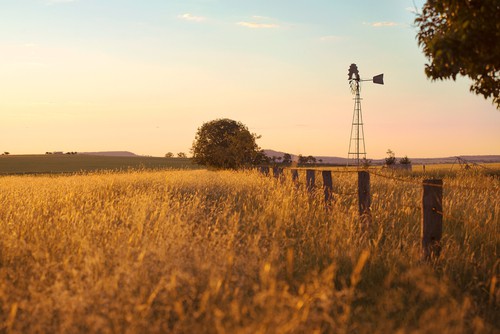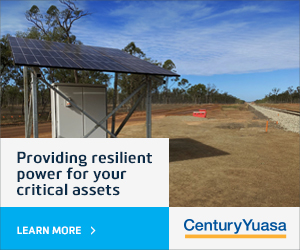Power in remote Australian areas can be poor and unreliable, but this may not continue to be the case. Energy Networks Australia is requesting regulation reform for network businesses to install stand-alone power systems for remote energy customers.
Energy Networks Australia CEO, Andrew Dillon, said such a move would mean lower power prices for all customers and better reliability for customers at the fringe of the electricity grid.
“Australia needs to utilise new energy technologies and doing so can be a win:win – lower power bills and better reliability,” Mr Dillon said.
”The catch is the current regulatory framework restricts network businesses from installing stand-alone power systems to customers, even where they are the logical option.
“Providing grid-supplied power to people in regional and remote areas is generally far more expensive, with significant poles and wires infrastructure, sometimes extending hundreds of kilometres, required to service limited numbers of people.”
Mr Dillon said that allowing network businesses to provide stand-alone systems will mean the high cost of providing poles and wires in remote areas – for which all energy customers pay – could be avoided, delivering savings on power bills.
“Regional and remote communities can also experience poor power quality and reliability, with long power lines far more exposed to fire and weather events. Stand-alone power systems can make power supply more reliable – and also enable faster fault detection, so when there is an outage, power can be restored quickly.”
Mr Dillon said network businesses had the expertise and capacity to deliver these services to remote and regional communities.
“It’s no coincidence the recent ACCC report called for immediate work to identify and implement changes to allow more stand-alone power systems to be installed,” he said.
Energy Networks Australia has made the case for the regulation change in its submission to a review by the Australian Energy Market Commission into regulatory frameworks for stand-alone power systems.













